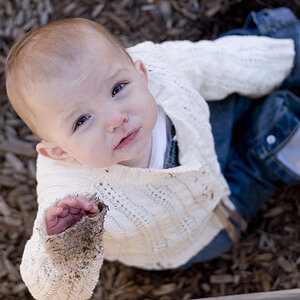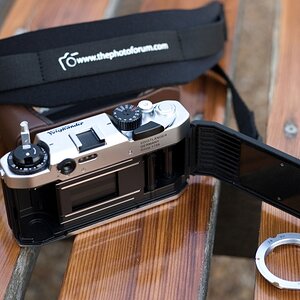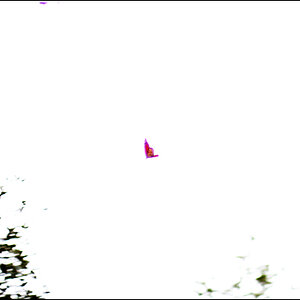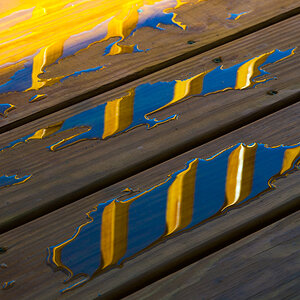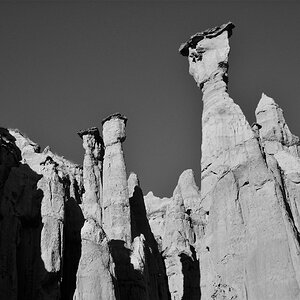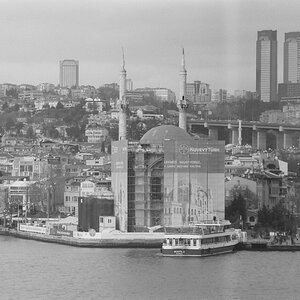Restomage
No longer a newbie, moving up!
- Joined
- Jul 3, 2009
- Messages
- 517
- Reaction score
- 25
- Location
- Fort Collins, CO
- Can others edit my Photos
- Photos NOT OK to edit
I'm still new to advanced lighting techniques so please bear with me. I plan on shooting portraits at the beach during sunset, and I want to grab a friend or someone to hold a reflector up for me to bounce the light onto the subject but I'm still very confused on when it's appropriate to use one, and what color the reflector should be (I've heard either white or metallic finish works but not sure which one would work best). I've looked around the web but haven't found the right information.
If I'm shooting the subject with the sunset in the background, I've learned that using the flash is a must, so even with the flash on, will bouncing the light from the sun onto the subject make that much of a difference? I'm assuming it would help put a more natural lighting element onto the face which is what I'm aiming at.
Here is an example of a picture I've took with just the flash:
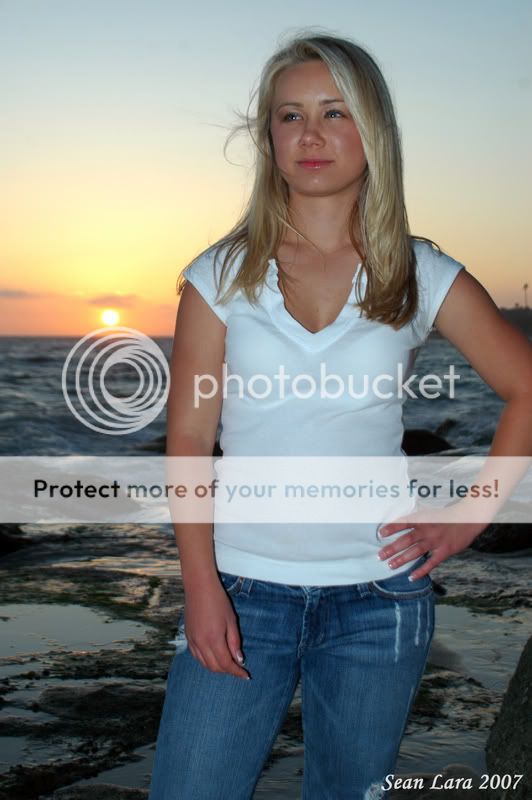
So if I were to use a reflector, I'm assuming maybe I would get a more orange tint on the subject from the sunset. Maybe? Help me out here.
=
Here's another photo I took using natural lighting with the sun in her face. In my opinion, it's a nice photo as it is, however I think with a reflector I can fill in those shadows:
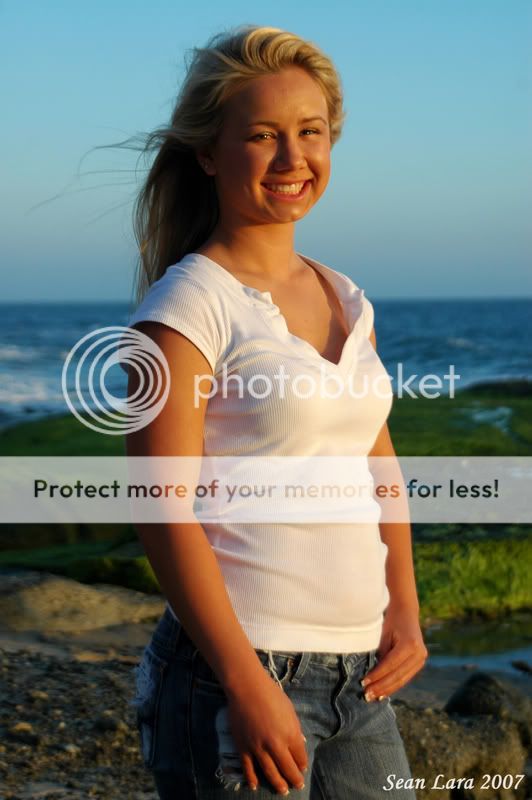
=
Also, when shooting during the daytime at other locations and using a reflector to fill in and soften some of the shadows on the subjects face, is it still necessary to use fill-flash?
As you can see I still have a lot to learn about lighting technique and reflectors so if you have any tips for me or can answer any of my questions that would be awesome, or if you have any links to good articles that would be cool as well. Thanks!
If I'm shooting the subject with the sunset in the background, I've learned that using the flash is a must, so even with the flash on, will bouncing the light from the sun onto the subject make that much of a difference? I'm assuming it would help put a more natural lighting element onto the face which is what I'm aiming at.
Here is an example of a picture I've took with just the flash:

So if I were to use a reflector, I'm assuming maybe I would get a more orange tint on the subject from the sunset. Maybe? Help me out here.
=
Here's another photo I took using natural lighting with the sun in her face. In my opinion, it's a nice photo as it is, however I think with a reflector I can fill in those shadows:

=
Also, when shooting during the daytime at other locations and using a reflector to fill in and soften some of the shadows on the subjects face, is it still necessary to use fill-flash?
As you can see I still have a lot to learn about lighting technique and reflectors so if you have any tips for me or can answer any of my questions that would be awesome, or if you have any links to good articles that would be cool as well. Thanks!


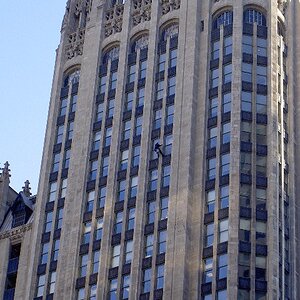
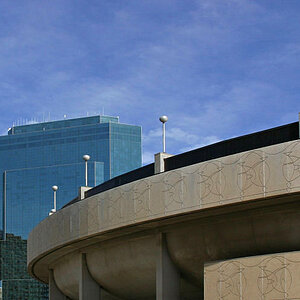

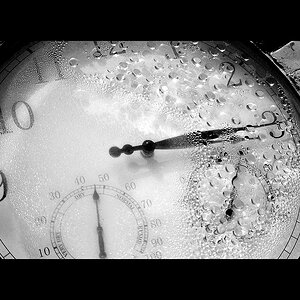
![[No title]](/data/xfmg/thumbnail/42/42457-a2cc06037a1ecaed84b9f0e5366fa8c7.jpg?1619740191)

